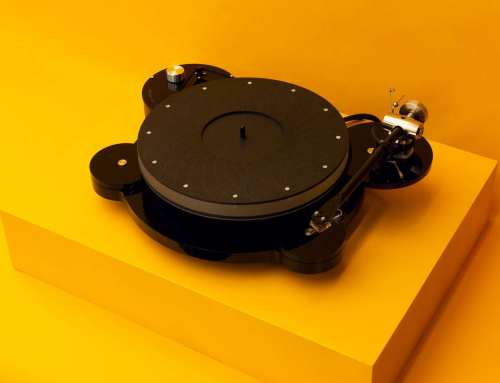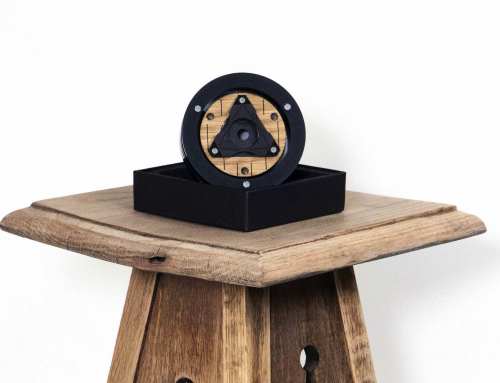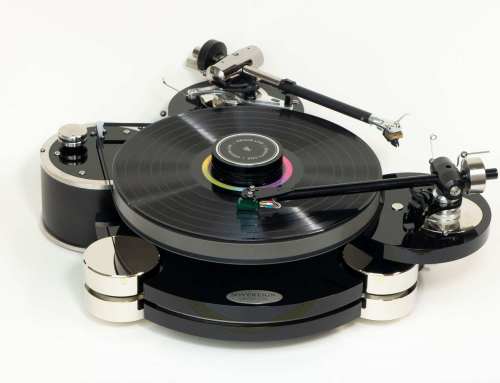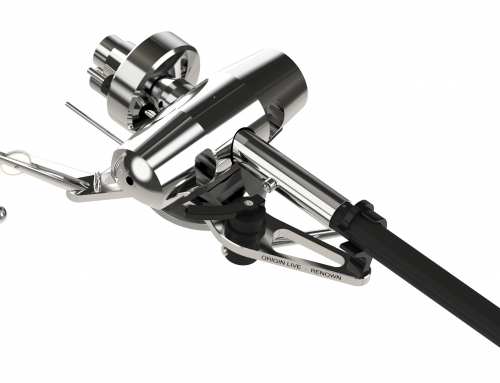BLOG POST
Harmonics: The Missing Piece of a Complex Puzzle
Sound Quality
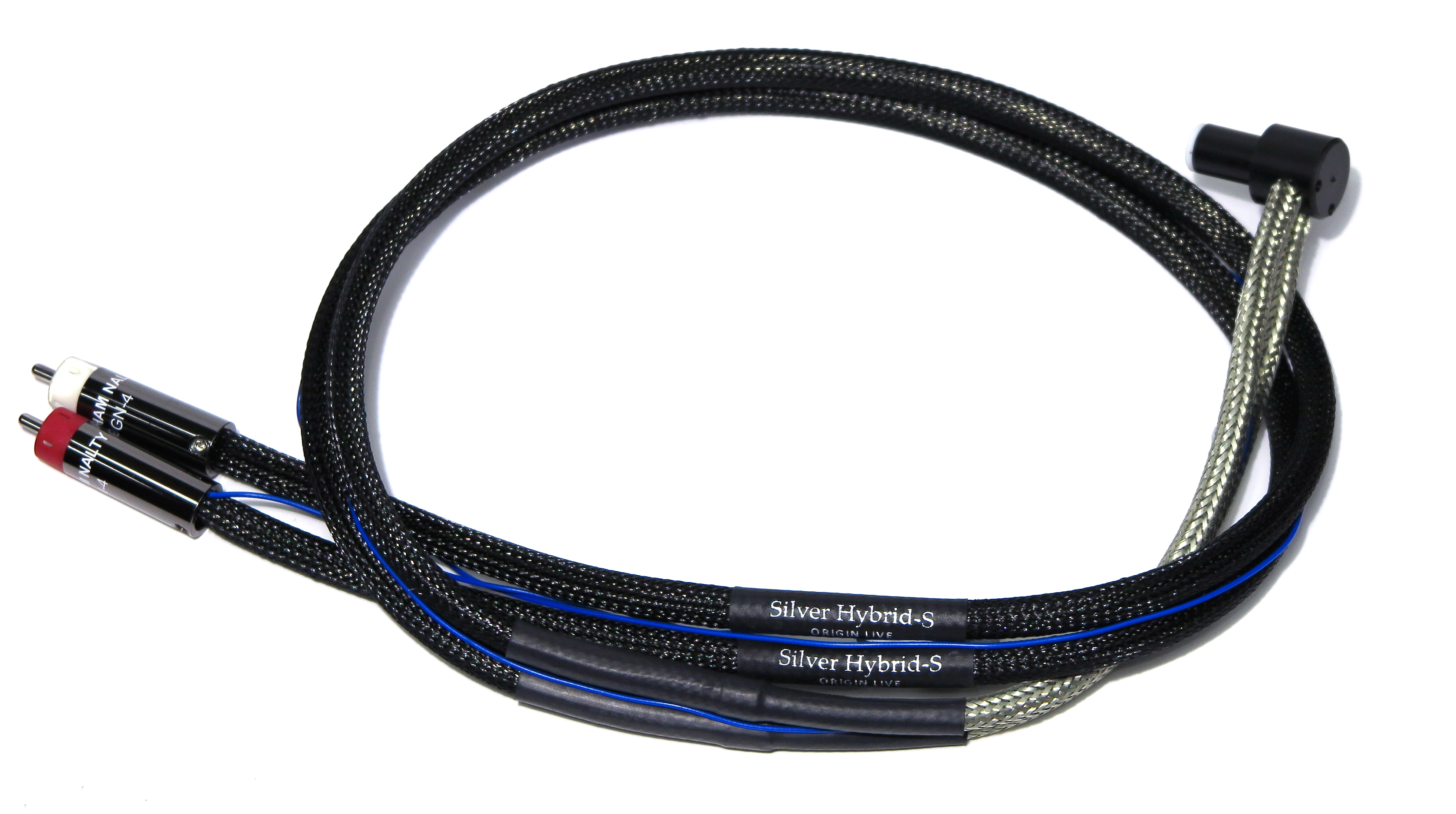
A reviewer recently commented to me with his usual insight, on an amplifier with a class-D power supply. The story went like this “I was impressed for the first half-hour, the sound was so clean and I thought I was onto something. After half an hour, I don’t know why, but the music just became boring and clinical – it just didn’t sound like real music.”
There are a number of explanations for this syndrome. One probable reason has to do with something often ignored or misundertood – Harmonics – these are so influential on music and also highly complex.
For example, my son recently wanted to upgrade his violin. The violin specialist related that the sound produced by a good violin will carry all the way to the back of a large concert hall whereas an inferior violin is absolutely incapable of such a feat.
The explanation given was that the overtones (harmonics) of the better violin interact with the primary notes to propagate them better through air. It’s a bit like sprinting – your legs do all the carrying but try not swinging your arms or swinging them in the opposite direction to normal. Harmonics may well be what arm swinging is to running. This is obviously a simplistic illustration but should give pause for thought.
If harmonics help sound waves travel in the air, it’s not much of a stretch to surmise that they affect electrical waves travelling in wires. Normally the sonic differences between wires are explained in terms of skin effect (the tendency for the current to flow down the outside of the wire) but this is doubtful as it only occurs at very high frequencies outside the audio bandwidth (intermodulation effects, in this case, are of a very low order).
Other explanations of sonic differences in cables include the fact that the impedance value (resistance) of any wire varies at different frequencies. This means it handles low frequencies differently from high frequencies. This is certainly true but not the whole story.
How do you think of electrical energy travel?
Harmonics within the signal create complexity that will be handled better by some wires than others. To think of electricity as the simple flow of electrons down a wire is a huge mistake. Electrical energy flows at approximately 1/3rd the speed of light in copper. However there are serious theories that electrons do not actually flow at all – others say they move at about 4 miles per hour.
The flow of electricity is more like an electromagnetic pulse wave than the flow of electrons from A to B. Once you start thinking in terms of electromagnetic waves, it’s easy to see why harmonics play such an important role. Either way, there are aspects of the sonic signature of different wires that fall well outside layman explanations.
Sonic Signatures in materials and structures
Everything in Hi-Fi is affected by good harmonics, poor harmonics or lack of them. Harmonics are either helped or hindered by the design of a cable due to electromagnetic field interaction within the current carrier. The same principle applies to the mechanical vibration of components. You want to eliminate false harmonics (harmonic distortion) but keep the original harmonics of the music intact. Harmonics explain many of the puzzling aspects of why materials have a sonic signature.
Switching the conversation back to electrical harmonics – Why does Silver wire usually have such an open, clean sound, with brilliantly lit upper mid-band and treble but seldom goes deep in the bass? Some have suggested that this has nothing to do with its 1.05 times better conduction, but much more to do with its grain structure and electromagnetic characteristics.

